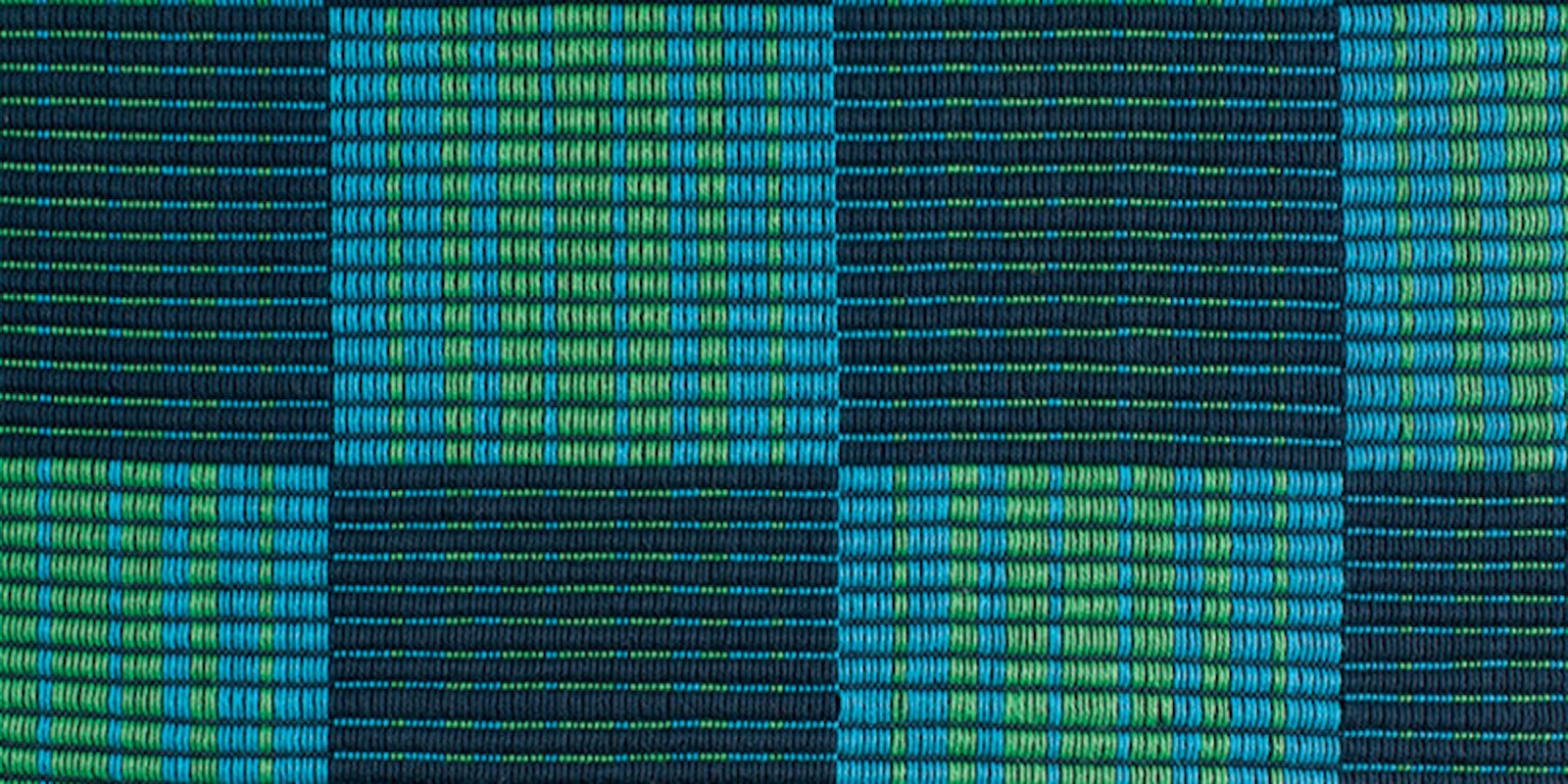 | |
| Sexy Bronze Age fashion |
In her book Women's Work, The First 20,000 Years, Elizabeth Barber talks about "the string revolution." She tells how Paleolithic hunter-gatherers learned to twist fibers into cordage––the first yarn––in order to carry their possessions with them. In the Neolithic period, as humans became more settled, we see the first evidence of clothing made from yarn. The Venus of Gagarino (circa 20,000 BCE), a carved figurine found at a Neolithic site in present-day Russia, is pictured wearing a skirt made of short twisted strings strung on or woven into a waistband, kind of a Neolithic hula skirt, a fashion that persists in the archeological record for the next 20,000 years. A garment that affords no warmth, no protection from the environment or the elements, whose sole function would have been to enhance the sway of the wearer's hips as she danced or sashayed past some handsome Neolithic hottie and potential mate. Apparently animal skins were fine for everyday wear, but the first textiles were made for dressing up!
Well, we've come a long way, baby. Weaving gave us cloth, which can drape, cling, flutter, and flatter in ways animal skins never could (plus it smells so much better when it gets damp). Cloth gave us dresses, gowns, tuxedos, capes, opera scarves, and a zillion other ways to dress up. It gave us fashion, from Chanel to ethnic-inspired "boho luxe" and from Napoleonic empire waists to bustles, bell bottoms, prairie dresses, and baby-doll tops.
 | |
| Any Bronze Age maiden would appreciate the swing and sway of Irene Torruella Munroe's Southwest Swing Top from the 2011 Handwoven garment challenge. |
Last year's garment issue was full of exuberant expressions in cloth, and having just send sent this year's Handwoven garment issue to press, I can say it's equally exciting and inspiring. One of my favorite features in this issue is the interviews with designing weavers about creating cloth for garments. One question that came up over and over was how to create cloth that is both handwoven and fashionable. What is it that distinguishes high-quality handwoven fabric from commercial fabric, and how can we use that to make a garment that is both stylish and unique? How can cloth and garment work together to create something that is more than the sum of its parts. I think the garments that our readers contributed to Handwoven answer the question eloquently, and I look forward to seeing the issue in print and in your hands.
Meantime, it's time to start planning and weaving for next year's garment challenge. In honor of the ancient urge to dress up, our garment challenge theme for next year will be "A Night on the Town." My idea of a big night out is to see our local theater company. Yours may be a picnic in the park, strolling at a summer street fair, attending a poetry reading, having gala evening at the opera, or getting duded up to go line dancing at a local cowboy bar. Whatever you dress up for, imagine doing it in handwoven fashion and start thinking of what you'll create. We'll let you know about entry details, sponsors, and prizes in the months to come, but for now, just turn up your creativity and let it call you to the loom. Use these lazy summer days to dream up a night-out fashion statement all your own. I can't wait to see what you'll come up with.


